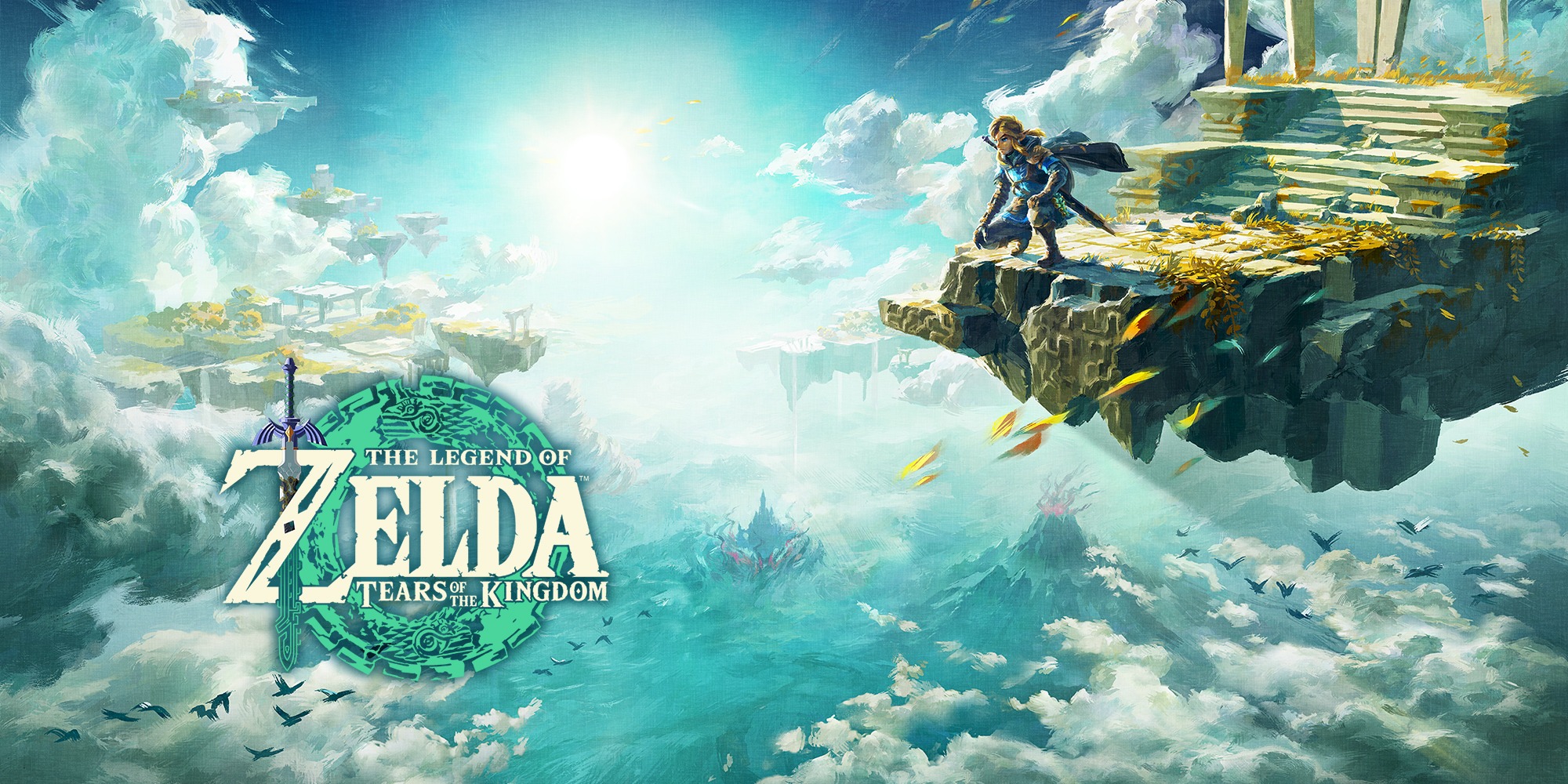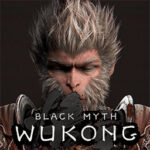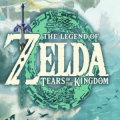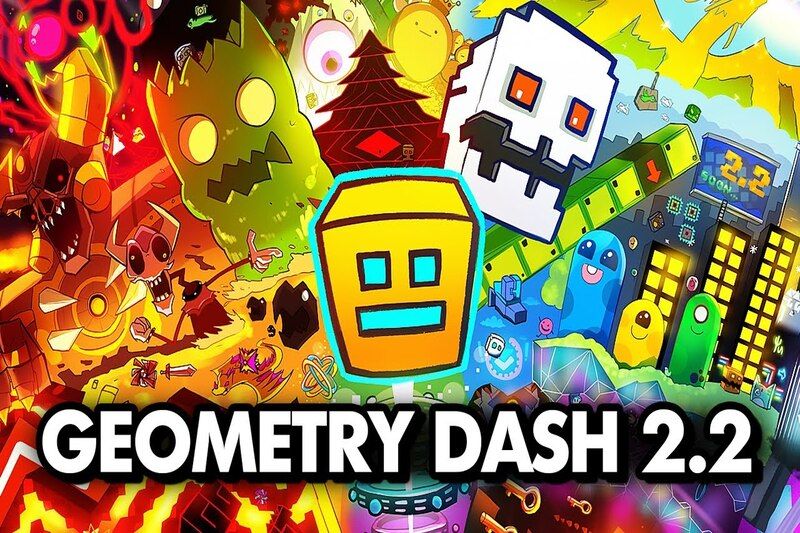Popular Now
Introduction
For decades, The Legend of Zelda franchise has stood as a pillar of action-adventure gaming. But with the release of Breath of the Wild and its 2023 sequel Tears of the Kingdom, the series redefined what open-world freedom means in game design. Unlike previous titles that emphasized linear storytelling and puzzle-based progression, these entries gave players unprecedented control over exploration, problem-solving, and combat. This article dives deep into how Tears of the Kingdom in particular evolves open-world gameplay and where it bends or breaks the rules of traditional Zelda design.
1. Reimagining Player Agency from the Start
One of the most radical changes in Tears of the Kingdom is how it begins.
Instead of guiding the player with lengthy tutorials, the game drops you into the Sky Islands with only the essentials. From there, players are free to explore, experiment, and make mistakes. This shift from guided experience to emergent gameplay allows every player’s story to be unique, depending on their curiosity and creativity.
The removal of rigid quest pathways and traditional item-gating means freedom isn’t a reward—it’s the starting condition.
2. The Ultran Hand and Construction Mechanics
Perhaps the most defining mechanic in Tears of the Kingdom is the Ultrahand tool, allowing players to construct vehicles, bridges, and even puzzle solutions from the game’s physics engine.
This empowers players not only to traverse the world in new ways but also to solve problems through invention rather than intended solutions. Instead of using a bomb to break a wall, players might catapult an object or fly over it entirely.
The result is a game that trusts players with tools, not instructions—redefining creativity in game mechanics.

3. Vertical Exploration and the Three-Layered World
Tears of the Kingdom introduces a vertically stacked world: the Sky Islands, Surface, and Depths.
Each layer offers unique environments, enemies, and gameplay challenges. What sets this apart from typical open-world titles is how interconnected these levels are. You can dive from the skies to the earth or fall into the Depths with no loading screens.
This verticality expands exploration not just across distance, but across scale and depth—making vertical space as important as horizontal movement.
4. Re-contextualizing Legacy Zones
Unlike most sequels, Tears of the Kingdom reuses much of Breath of the Wild’s map—but recontextualizes it completely.
Old zones now feature new environmental events, sky ruins, enemy factions, and traversal puzzles. Familiar locations become unfamiliar through storytelling and physical change. This choice emphasizes a world that evolves with time, encouraging returning players to re-explore old haunts with fresh eyes.
It’s a masterclass in environmental storytelling without building from scratch.
5. The Role of Shrines and Puzzle Density
Shrines return in Tears of the Kingdom, but they now function alongside “Lightroots” in the Depths, giving a mirrored purpose to surface and underground travel.
Each shrine is designed with physics and creativity in mind, not just item use. This keeps the player using core skills and encourages experimentation. Many puzzles no longer have a single solution—one player might use a rocket, another a glider, another a chain of logs.
The reward structure for solving shrines—heart containers, fast travel points—remains vital but feels more earned due to this open-ended design.
6. Fusion and Weapon Durability Evolution
Weapon durability was controversial in Breath of the Wild, but Tears of the Kingdom evolves it through the new Fusion mechanic.
Players can now combine items to create entirely new weapons, each with different properties. A stick and a rock? A hammer. A sword fused with a Fire Keese wing? A flaming blade. This gives even the most common items purpose.
Fusion transforms the weapon system from scarcity-based frustration into a dynamic crafting and experimentation loop.
7. The Depths: A New Kind of Darkness
The Depths represent the most unique shift in Zelda’s exploration structure. They are vast, dark, hostile, and terrifying.
Players must carry light sources, manage stamina, and uncover the environment slowly. There are no surface-style map markers. The dangers are constant and unrelenting—an intentional contrast to the inviting skies and lands above.
This creates a rhythm in gameplay: light versus dark, safety versus risk, seen versus unseen. It’s Zelda’s most horror-adjacent experience to date.

8. Nonlinear Storytelling and Memory Collection
The story of Tears of the Kingdom unfolds through scattered geoglyphs and memory recollections, rather than fixed cutscenes or temples.
This allows players to uncover the narrative in a nonlinear fashion, choosing which parts to discover and when. It encourages exploration not just for resources but for context and lore.
Importantly, it turns players into historians—piecing together the fall of Zelda and the rise of evil, rather than being told the story through exposition.
9. Thematic Evolution of Zelda Herself
Princess Zelda’s role in Tears of the Kingdom is more than passive royalty or a magical sidekick.
Her transformation and connection to Hyrule’s past ties the entire story together, and her mythic journey unfolds through gameplay—not just cutscenes. She becomes a symbol of sacrifice and legacy, breaking free of the damsel trope.
Her arc offers one of the most emotionally resonant portrayals in Zelda history, further strengthening the narrative cohesion.
10. Redefining the Zelda Formula for Future Games
Tears of the Kingdom represents a monumental shift not just for Zelda, but for Nintendo’s approach to long-standing franchises.
It proves that tradition can be respected while still embracing evolution. It breaks formulas without disrespecting them—offering freedom, creativity, and challenge in a game that treats players like inventors, explorers, and storytellers.
This title raises the bar for open-world design—not through photorealism or size, but through interactivity, creativity, and trust in the player’s intelligence.
Conclusion
Tears of the Kingdom isn’t just a sequel—it’s a blueprint for how games can evolve while staying rooted in legacy. With its nonlinear design, physics-based mechanics, and multilayered world, it represents the most ambitious and rewarding Zelda experience to date. It dares to let go of the player’s hand and says, “Figure it out.” In doing so, it reignites the magic of discovery that made the original NES game so legendary. This is not just the future of Zelda, but potentially the future of how open-world games are imagined.


















